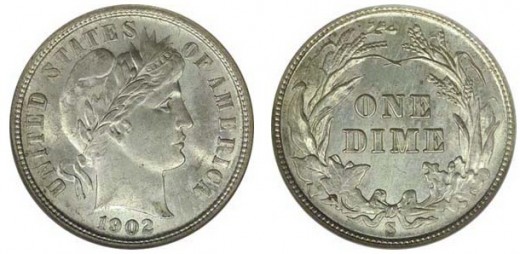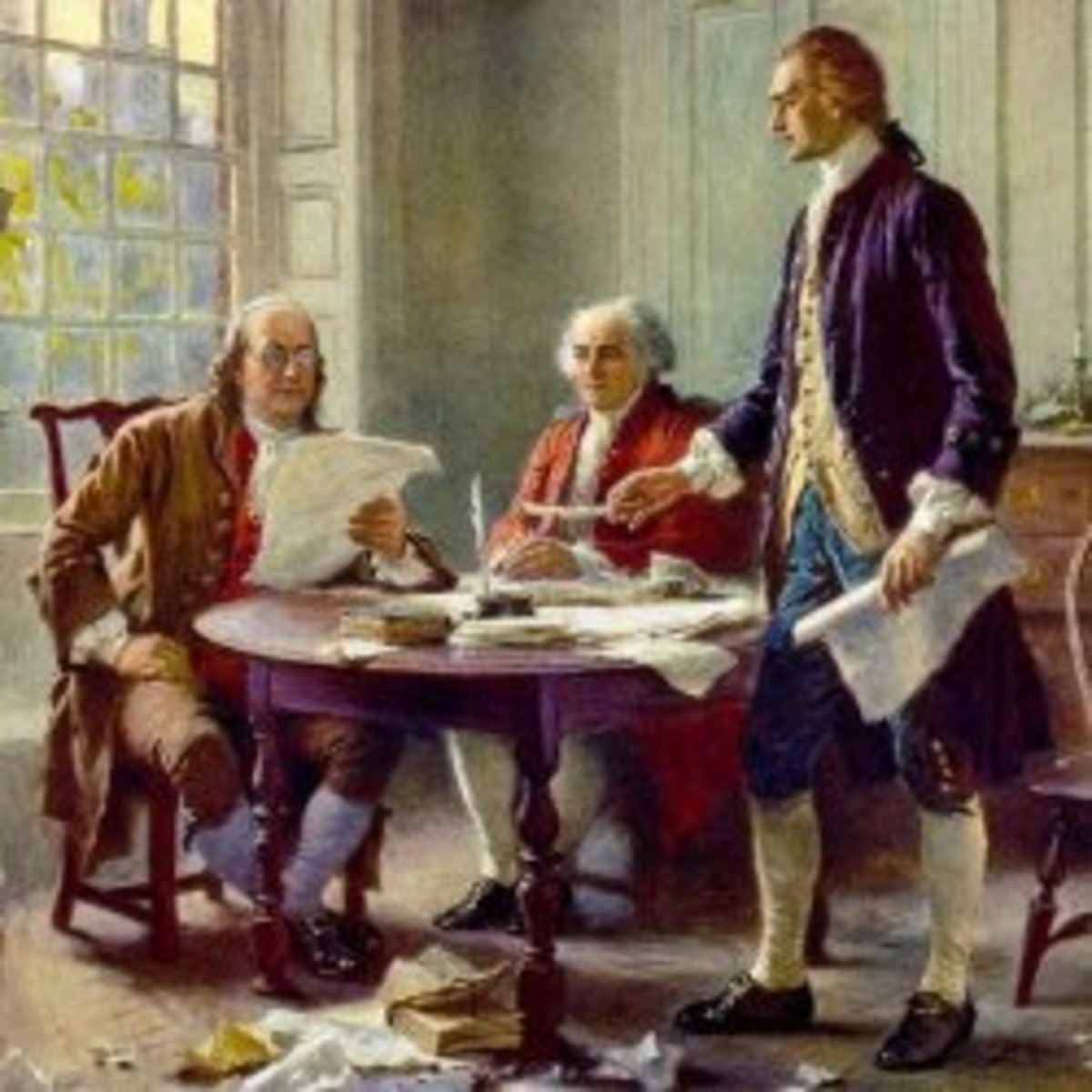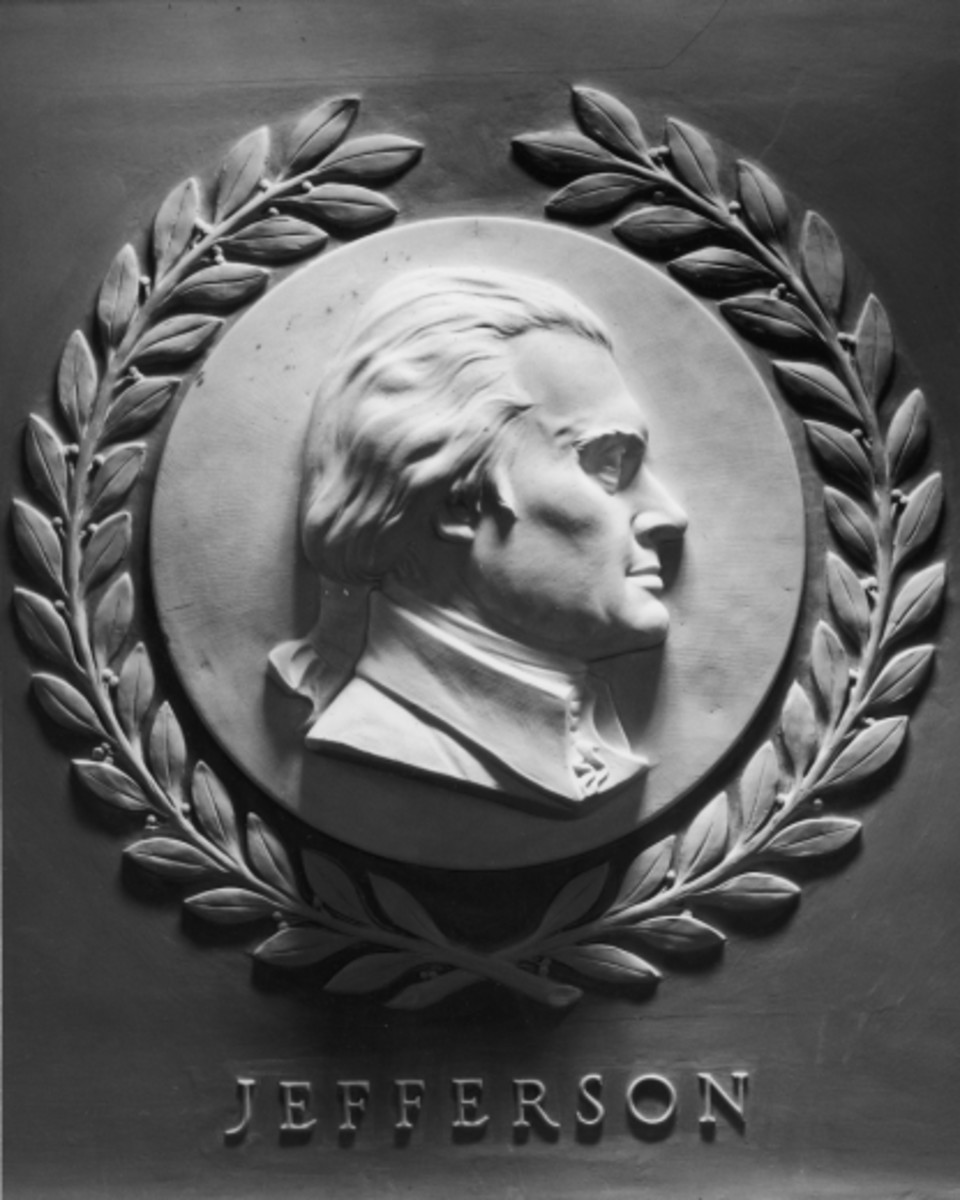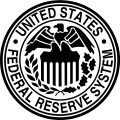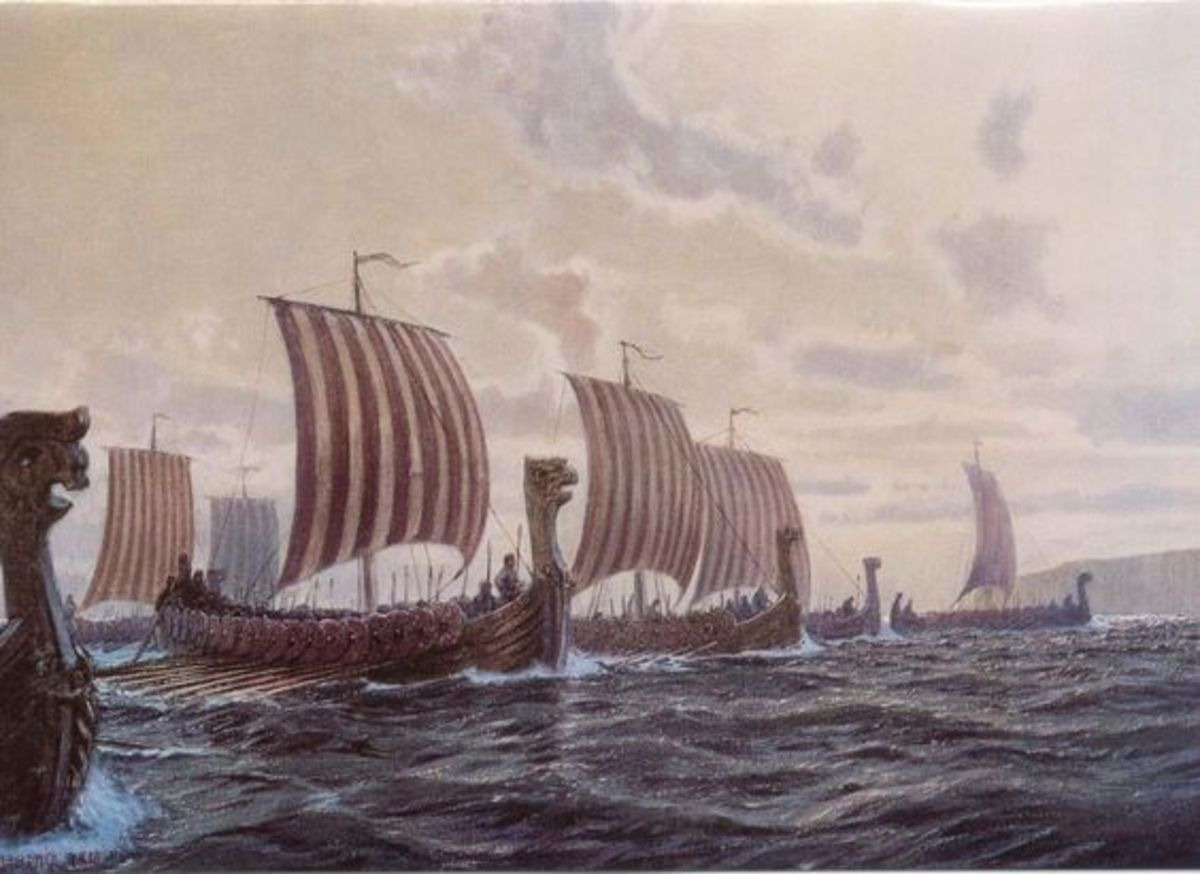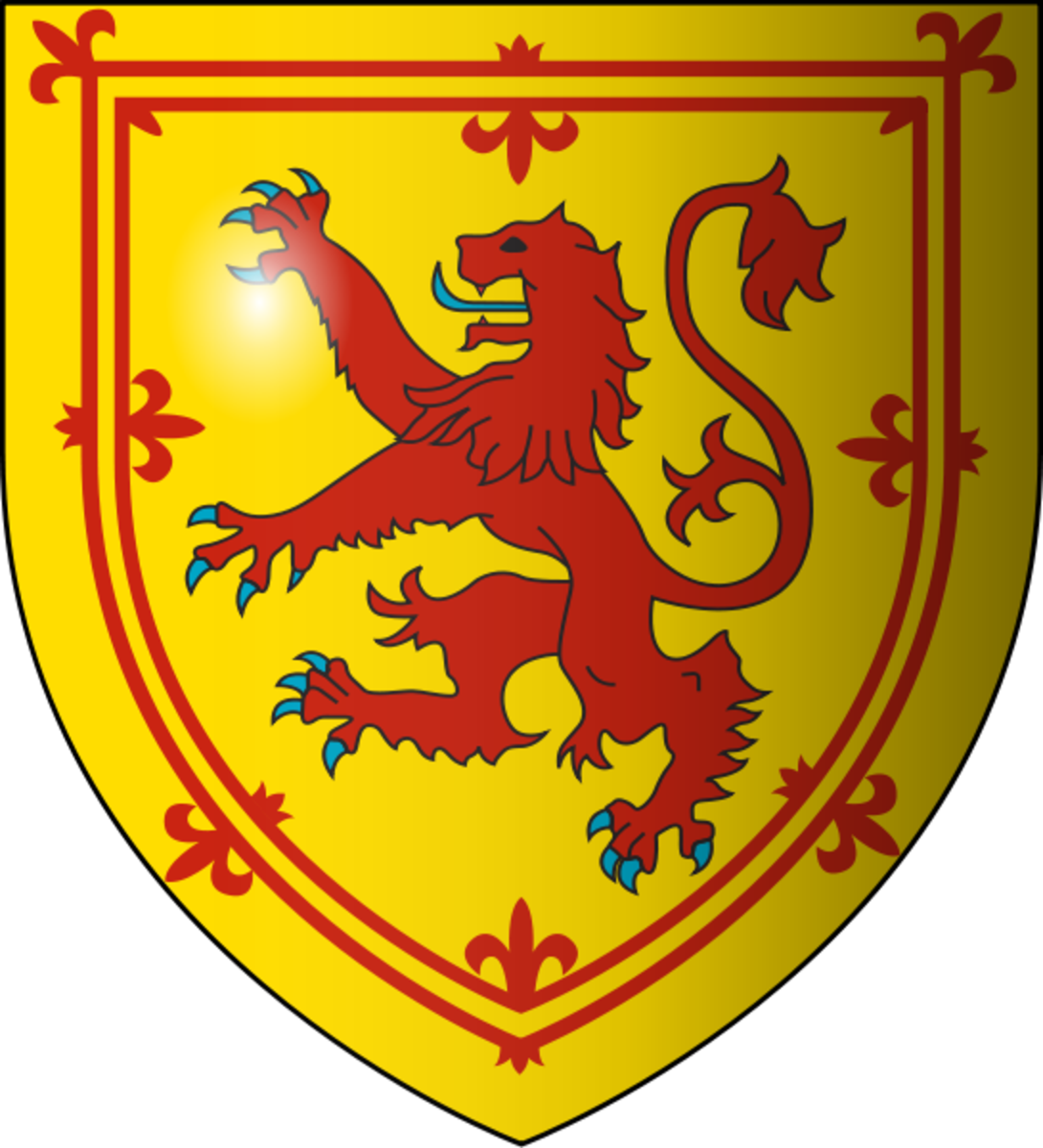Answers to History Quiz
Here's the Answers
Below you will find the answers to the history quiz. No fair peeking! You will also find some background information explaining why the answers are what they are, and why some commonly held beliefs on a given topic are false. By now most Americans are aware that George Washington probably did not chop down his father's cherry tree. But many of us have false impressions about other, more important aspects of our history. These are just a few things that most of us either get completely wrong or else only know part of the story.
Liberty Enlightening the World

The big statue in New York Harbor is named:
The official name for what most people call the Statue of Liberty is “Liberty Enlightening the World.” “The New Colossus” is the title of the sonnet engraved on the statue’s base.
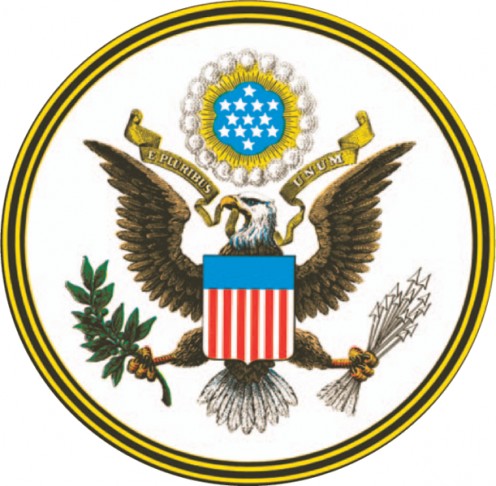
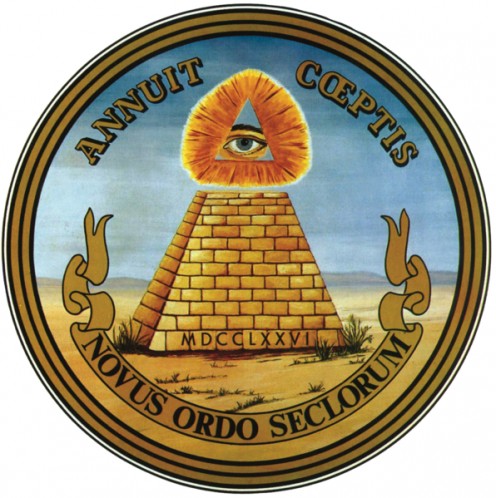
What did the Continental Congress select as the US's national motto?
E Pluribus Unum, Latin for “From Many, One,” Annuit Coeptis, Latin for “He Approves [our] Undertakings,” and “Novus Ordo Seclorum,” Latin for “[A] New Order for the Ages” all appear on the original design for the Great Seal of the United States designed by Charles Thompson and approved by the Continental Congress in 1782. The same seal was officially adopted by Congress under the Constitution in 1789.
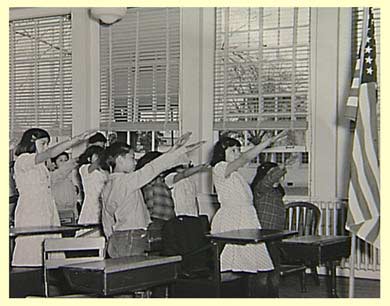
Who wrote the United States' Pledge of Allegiance?
Francis Bellamy, a Baptist minister and Christian Socialist, wrote the Pledge of Allegiance in 1892. The original text was as follows:
I pledge allegiance to my Flag and to the Republic for which it stands, one nation indivisible, with liberty and justice for all.
The text has been altered three times since Bellamy wrote the Pledge. In 1923, the phrase “my Flag” was replaced with “The Flag of the United States.” In 1924, the phrase “of America” was added after the word “States.” Congress officially recognized the amended pledge in 1942. The Pledge as first officially adopted read as follows:
I pledge allegiance to the flag of the United States of America, and to the republic for which it stands, one nation indivisible, with liberty and justice for all.
In 1954, Congress changed the Pledge for the third time, adding the phrase “under God” after the word “nation.” The official text of the Pledge now reads:
I pledge allegiance to the flag of the United States of America, and to the republic for which it stands, one nation under God, indivisible, with liberty and justice for all.

The big statue in New York Harbor is on:
Liberty Island. Ellis Island, famous for being the landing point of many immigrants to the US, is nearby.
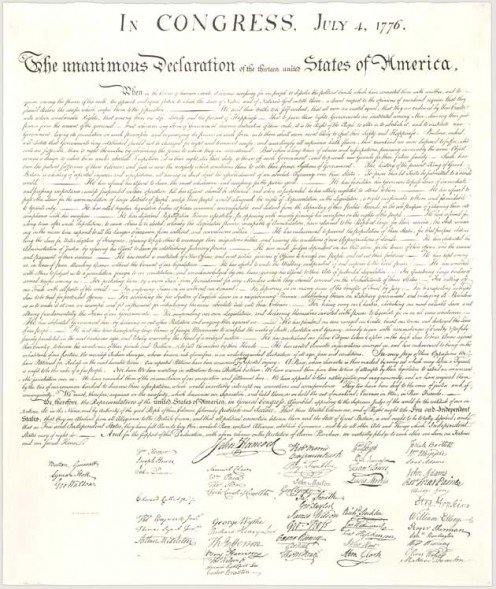
According to the Declaration of Independence, government derives its authority from:
The consent of the governed. While the Declaration makes three separate mentions of a higher power (Once in the preamble, citing “the Laws of Nature and of Nature’s God,” once in the first paragraph of the body of the document, claiming “that [men] are endowed by their Creator with certain unalienable Rights,” and once in the final paragraph, when the document mentions that the signers place “a firm reliance on the protection of Divine Providence.”), the D of I makes no mention of authority to govern coming from any unearthly or divine source.
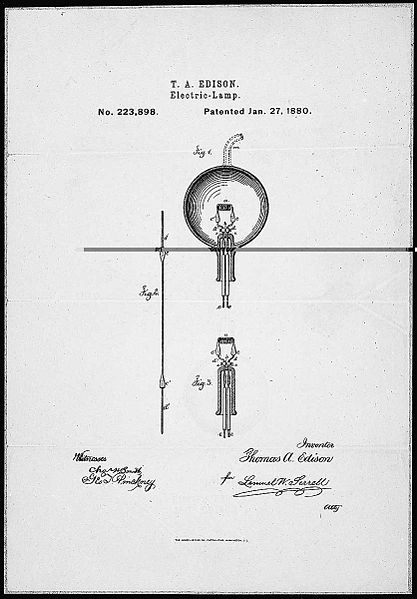
Thomas Edison invented:
None of the above. The electric telegraph was developed in the 1830s, by several inventors working independently in both the US and Europe. Samuel Morse was the American inventor. The invention of the telephone is full of controversy. The first US patent for a telephone is held by Alexander Graham Bell, though Edison and many others claim to have invented a similar device at about the same time. Many people are credited with work on the development of radio technology, most famously Guglielmo Marconi and Nikola Tesla. Edison, however, is not one of them. Edison didn’t even invent the light bulb. At least 22 other inventors created a working incandescent bulb before Edison did. Edison’s light bulb was part of a comprehensive system of electric lighting, and the first bulb that was practical for home use, but it wasn’t the first lightbulb.
God is mentioned in the US Constitution...
Never. Neither is any other synonym for a divine or supernatural being.
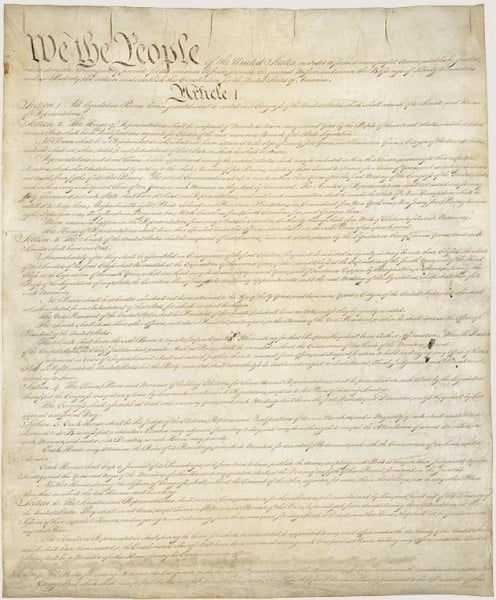
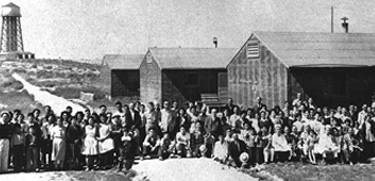
True or False: The Alien and Sedition Acts of 1798 have all been either repealed or struck down as unconstitutional.
False. The Alien Enemies Act, which gives the President the authority to apprehend and deport resident aliens if their country of origin is at war with the United States, was never repealed, never declared unconstitutional, and remains in effect today.
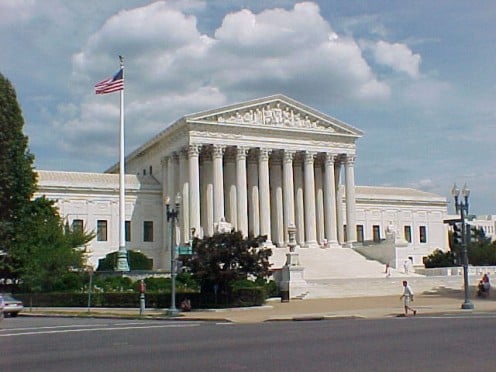
The Ten Commandments appear in/on the Supreme Court Building:
Nowhere. Moses is depicted on the frieze above the East entrance (the back door) of the building, but he’s holding blank tablets; there is no writing on them. On the frieze above the bench, there is a tablet with the numerals I through X, which, according to the artist, Adolph Weinman, represents the Bill of Rights. Moses is depicted on the South wall of the courtroom, and he is holding a tablet. But on the tablet are commandments 6-10 only, and even those are not completely visible. The oak doors to the courtroom do have an engraving of two tablets, but the Ten Commandments are not on them. Instead, the Roman numerals I-V and IV-X are shown. This could be interpreted to mean the Ten Commandments, but it could also be interpreted to represent the Bill of Rights (the first ten amendments of the Constitution).
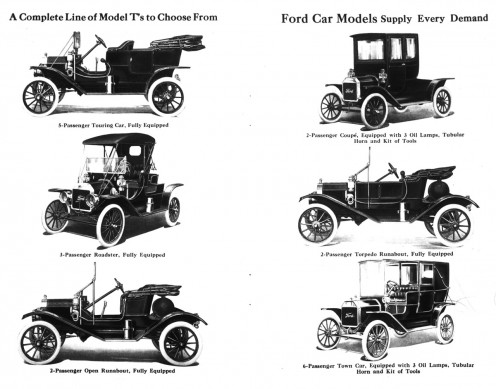
Henry Ford invented:
None of the above. Swiss inventor Francois Isaac deRivas built the first internal combustion engine in, believe it or not, 1806. German Karl Benz is credited with inventing the automobile, although others were working on something very similar at the same time. He built his first car, powered by an engine of his own design, in 1885. Assembly line-style production was first used to build cars by Ransom Olds, of Oldsmobile fame. The 40 hour work week was first demanded by British social reformer Robert Owen, in 1817.
The motto "In God We Trust" first appeared on US money in...
1864. The phrase first appeared on a two-cent coin during the Civil War. In 1908, the phrase was made mandatory for all US coins. In 1955, congress made the phrase mandatory for all US money, both coins and notes. In 1956, congress declared the motto “In God We Trust” to be the official motto of the US. The Great Seal of the United States, however, still bears the original mottoes as approved by the founders.
